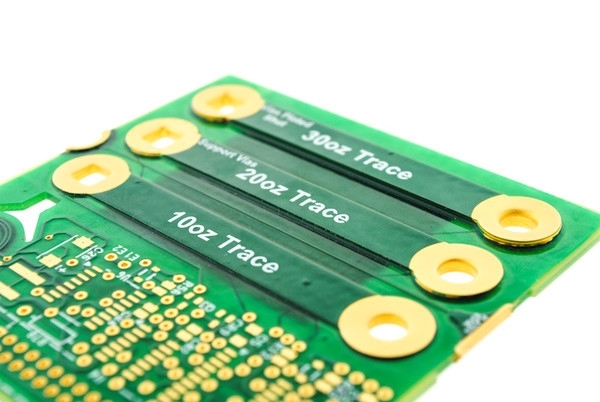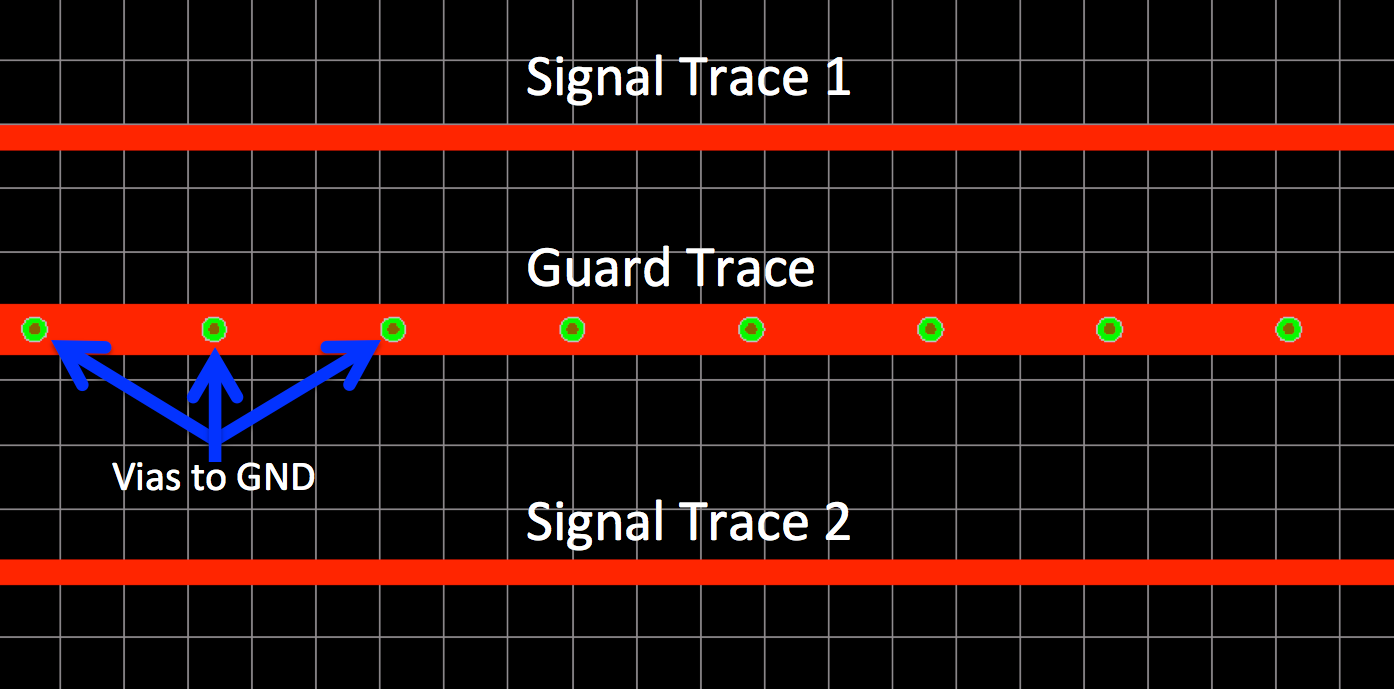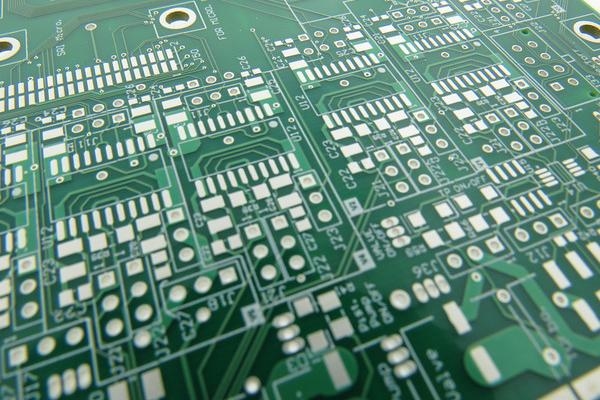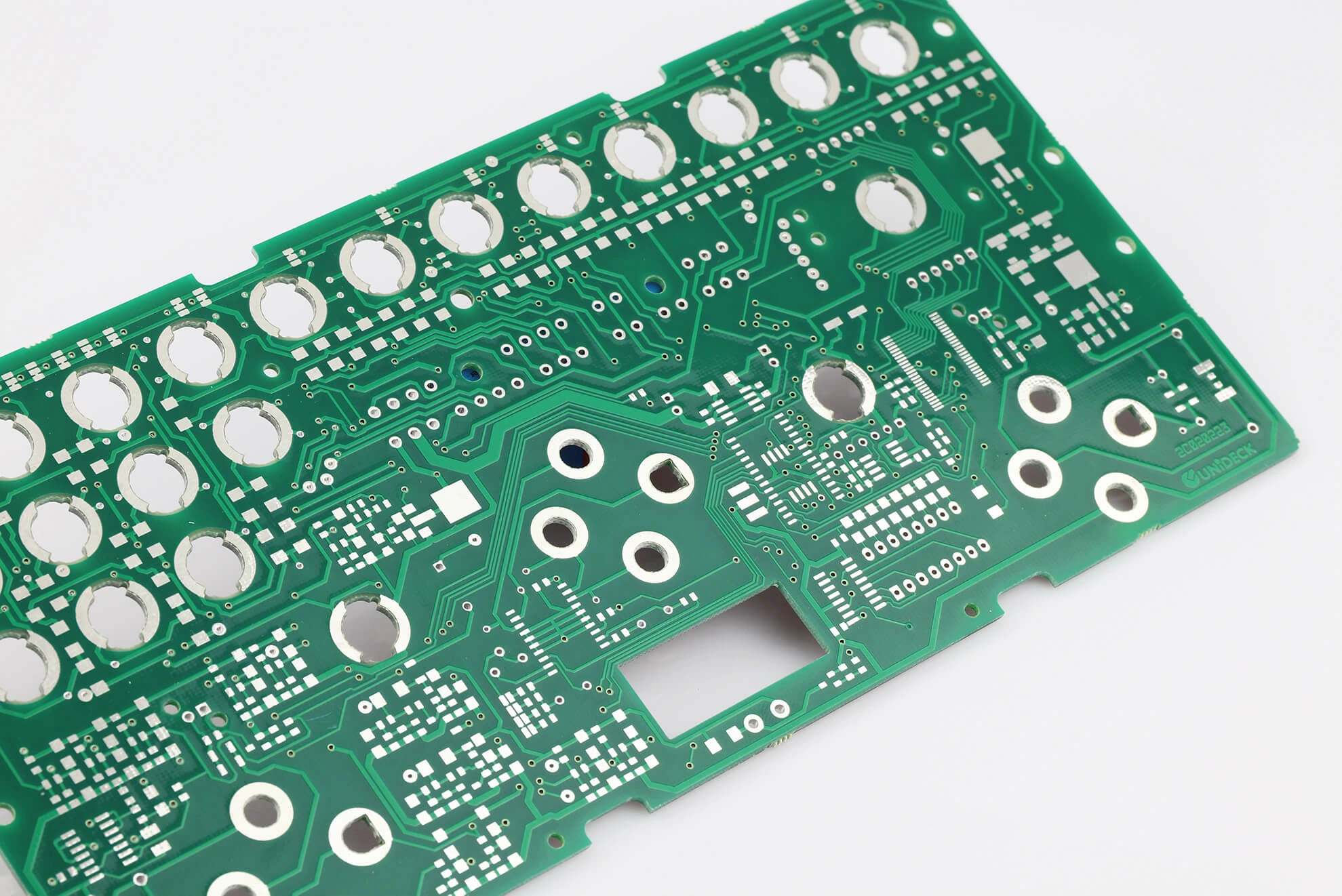Printed circuit boards (PCBs) are the backbone of modern electronics, powering everything from medical devices to automotive systems. However, as devices become more complex, ensuring their safety and reliability is critical. This is where UL certification comes in. Underwriters Laboratories (UL) sets rigorous standards to ensure PCBs meet stringent safety and performance requirements, reducing risks like electrical shock and fire hazards. For engineers, understanding UL certification is essential to designing compliant, high-quality PCBs that inspire consumer confidence.
In this blog, we'll explore what UL certification means for PCBs, why it matters, and how it impacts the design and manufacturing process. We'll break down key standards, testing procedures, and practical tips to help engineers navigate the certification process effectively.
What is UL Certification?
UL certification is a mark of safety and quality issued by Underwriters Laboratories, a global safety certification organization founded in 1894. For PCBs, UL certification verifies that a board has been tested to meet specific safety and performance standards, ensuring it can operate reliably under defined conditions. The certification is particularly crucial in industries like automotive, aerospace, and medical, where failure could have catastrophic consequences.
The UL mark on a PCB signifies compliance with standards like UL 796 (for rigid and flexible PCBs) and UL 94 (for flammability testing of plastics). These standards cover electrical, mechanical, and thermal properties, ensuring the board can withstand stressors like high voltages, heat, and environmental exposure. For example, UL 94 classifies materials based on their flammability, with V-0 being the highest rating, indicating that burning stops within 10 seconds on a vertical specimen without dripping flaming particles.
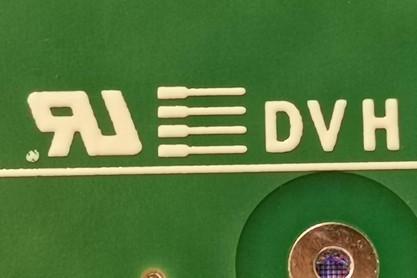
Why UL Certification Matters for PCBs
UL certification is more than a regulatory checkbox; it's a competitive advantage that enhances trust and marketability. Here's why it's critical for engineers and manufacturers:
- Safety Assurance: UL certification ensures PCBs are safe for use, minimizing risks like electrical fires or shocks. For instance, UL 796 tests for dielectric breakdown, ensuring the board can handle specified voltage levels (e.g., 500V for certain applications) without failure.
- Market Access: Many regions, especially North America, require UL certification for electronic products. Without it, PCBs may be barred from sale, limiting market reach.
- Consumer Trust: The UL mark is widely recognized by consumers and regulators as a symbol of reliability. Over 17 billion UL marks appear on products annually, reinforcing its credibility.
- Regulatory Compliance: Certification aligns PCBs with international standards like IEC 60707 and CAN/CSA C22.2, simplifying compliance with regional regulations.
For engineers, specifying UL-certified materials and processes early in the design phase can prevent costly redesigns and delays, ensuring the final product meets both safety and performance goals.
Key UL Standards for PCBs
Understanding the specific UL standards applicable to PCBs is crucial for compliance. Below are the primary standards engineers should know:
UL 796: Safety for Printed Wiring Boards
UL 796 is the cornerstone standard for rigid and flexible PCBs. It covers:
- Material Requirements: Ensures base materials (e.g., FR4) meet electrical and thermal performance criteria. For example, the Comparative Tracking Index (CTI) measures a material's resistance to electrical breakdown, with Class 3 materials (175-249V) suitable for high-voltage applications.
- Construction Standards: Specifies trace widths, spacing, and via integrity to prevent short circuits or arcing. For high-frequency PCBs, controlled impedance (e.g., 50Ω) is critical to maintain signal integrity.
- Performance Testing: Includes thermal stress tests to simulate soldering conditions, ensuring the board withstands temperatures up to 260°C during reflow.
UL 796F: Flexible Printed Circuits
UL 796F addresses the unique requirements of flexible PCB or rigid flex PCB, which is increasingly common in wearable devices and compact electronics. It includes tests for:
- Dynamic Bending: Ensures flex PCBs can endure repeated bending (e.g., 10,000 cycles) without cracking.
- Thermal Endurance: Verifies performance at maximum operating temperatures, typically 105°C-150°C, depending on the material.
UL 94: Flammability Testing
UL 94 evaluates the flammability of PCB materials, classifying them into categories like V-0, V-1, and V-2. For example:
- V-0: Burning stops within 10 seconds, no flaming drips allowed. This is the standard for most FR4-based PCBs.
- V-1: Burning stops within 30 seconds, no flaming drips.
- V-2: Allows non-flaming drips, less stringent than V-0.
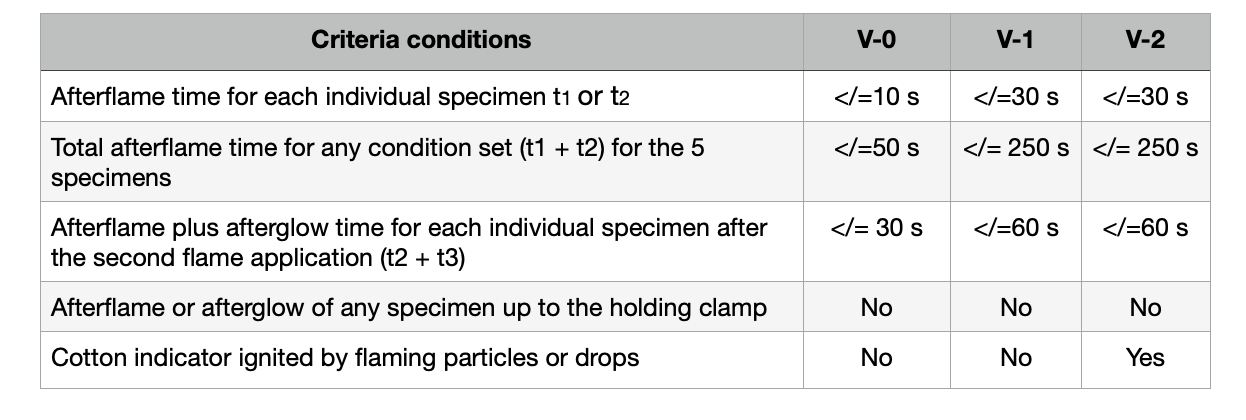
The UL Certification Process for PCBs
Obtaining UL certification involves a structured process that requires collaboration between designers, manufacturers, and UL auditors. Here's a step-by-step overview:
- Design Review: Engineers select UL-recognized materials (e.g., Isola IS400 with a Tg of 150°C) and document specifications like trace widths (e.g., 0.2mm for 1A current) and dielectric thickness (e.g., 0.1mm for high-voltage isolation).
- Prototype Testing: Manufacturers submit PCB samples to UL for testing. Tests include thermal stress (e.g., 10 seconds at 288°C), dielectric withstand (e.g., 1000V for 1 minute), and flammability assessments.
- Manufacturing Audit: UL conducts unannounced factory inspections to verify compliance with certified processes, checking material traceability and soldering conditions.
- Certification Issuance: If the PCB passes, UL issues a certification with a unique identifier (e.g., E488074) and authorizes the UL mark.
- Ongoing Compliance: Manufacturers undergo periodic audits to maintain certification, ensuring consistent quality.
The process typically takes 6-12 weeks, with the custom PCB cost ranging from $5,000 to $20,000, depending on PCB complexity. Pre-certification design reviews can reduce delays by identifying issues early.
Designing PCBs for UL Compliance
Engineers play a pivotal role in ensuring UL compliance by making informed design choices. Here are practical tips to streamline the process:
- Select UL-Recognized Materials: Use materials listed in UL's 'Yellow Card' database, which details properties like flammability (e.g., V-0) and maximum operating temperature (e.g., 130°C). For example, Nan Ya NP-155F is a common FR4 choice for UL 796 compliance.
- Optimize Trace and Spacing: Maintain adequate creepage and clearance distances (e.g., 0.8mm for 250V) to prevent arcing. For high-speed designs, ensure impedance control (e.g., 100Ω differential pairs) to avoid signal degradation.
- Incorporate Thermal Management: Use vias or copper pours to dissipate heat, especially for high-power PCBs operating at 50W or more. UL 796 requires thermal stress testing to ensure reliability.
- Document Specifications: Provide detailed Gerber files and BOMs, specifying UL requirements like solder mask type (e.g., LPI) and silkscreen placement for the UL mark.
By addressing these factors early, engineers can avoid costly revisions and expedite certification.
Challenges and Emerging Trends in UL Certification
While UL certification is essential, it comes with challenges. Complex PCBs, such as HDI PCBs or those with embedded components, require extensive testing, increasing costs and timelines. Additionally, evolving technologies like 3D-printed PCBs and IoT devices demand new standards, as traditional UL tests may not fully address their unique characteristics.
Emerging trends include:
- Sustainability: UL is emphasizing eco-friendly materials, such as halogen-free laminates, to reduce environmental impact.
- Electromagnetic Compatibility (EMC): As signal speeds increase (e.g., 10Gbps for 5G applications), UL is expanding EMC testing to ensure PCBs don't interfere with other devices.
- Streamlined Certification: UL is exploring digital tools to reduce certification times, potentially cutting costs for manufacturers.
Engineers should stay informed about these trends to future-proof their designs and maintain compliance.
How ALLPCB Supports UL-Compliant PCB Manufacturing
For engineers seeking UL-certified PCBs, partnering with a reliable manufacturer is key. ALLPCB's advanced manufacturing capabilities and global logistics streamline the process, ensuring high-quality, compliant boards. Our quick-turn prototyping allows engineers to test designs rapidly, identifying UL compliance issues early. With state-of-the-art facilities, ALLPCB maintains precise control over trace widths (down to 0.1mm) and impedance (e.g., ±10% tolerance), meeting UL 796 requirements. Additionally, our global supply chain ensures timely delivery of UL-recognized materials, helping engineers meet tight project deadlines without compromising safety or performance.
Conclusion
UL certification is a critical step in ensuring PCB safety and performance, offering engineers a pathway to create reliable, market-ready products. By understanding key standards like UL 796 and UL 94, designing with compliance in mind, and partnering with experienced manufacturers, engineers can navigate the certification process efficiently. As technology evolves, staying ahead of emerging trends like sustainability and EMC testing will further enhance PCB quality and reliability.
Whether you're designing for medical, automotive, or consumer electronics, UL certification is a mark of trust that sets your PCBs apart. Start incorporating UL requirements into your designs today to deliver safer, high-performing products that meet global standards.
 ALLPCB
ALLPCB


